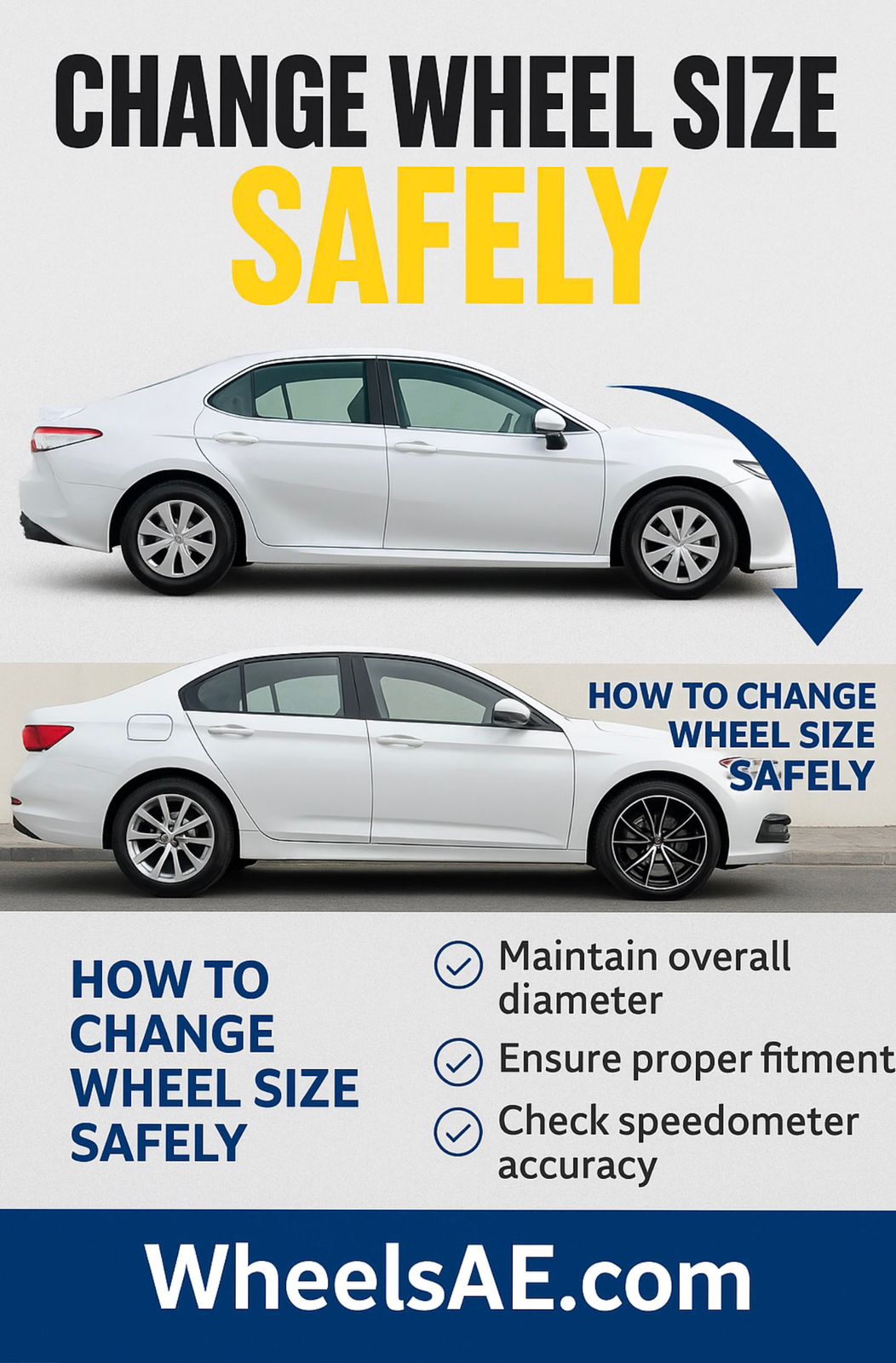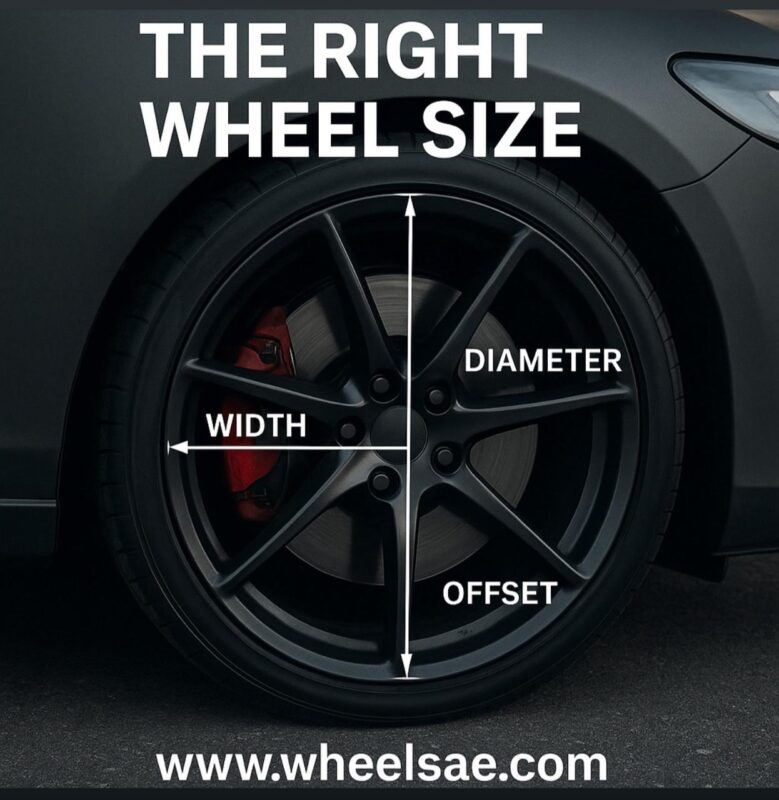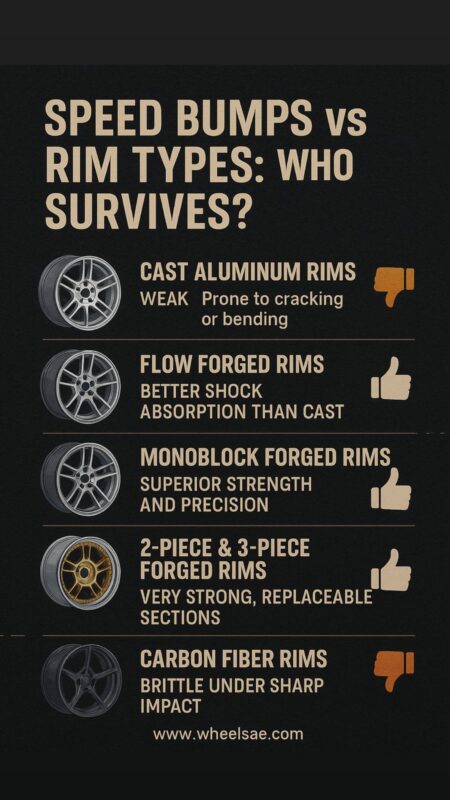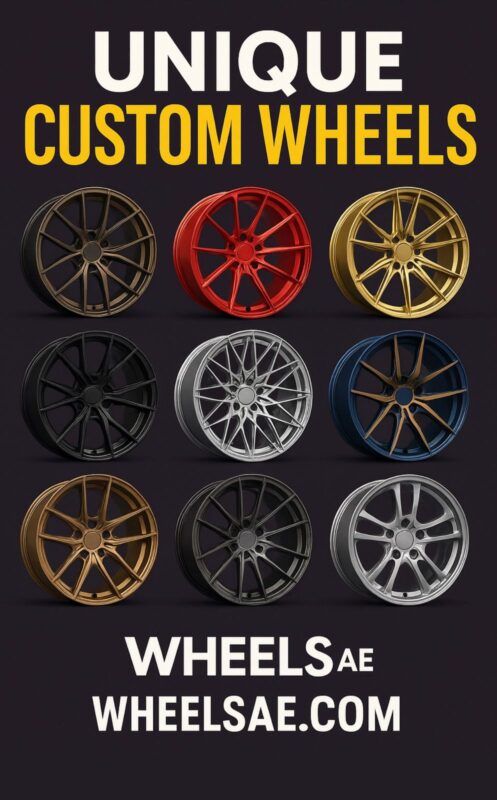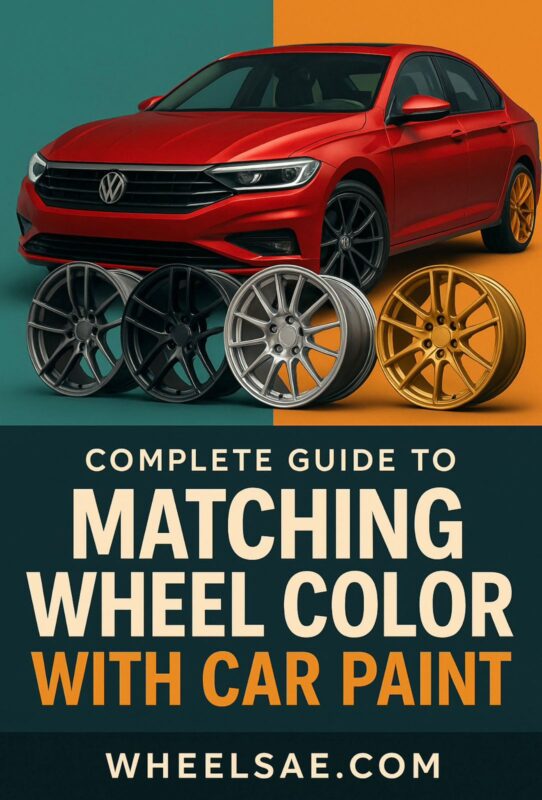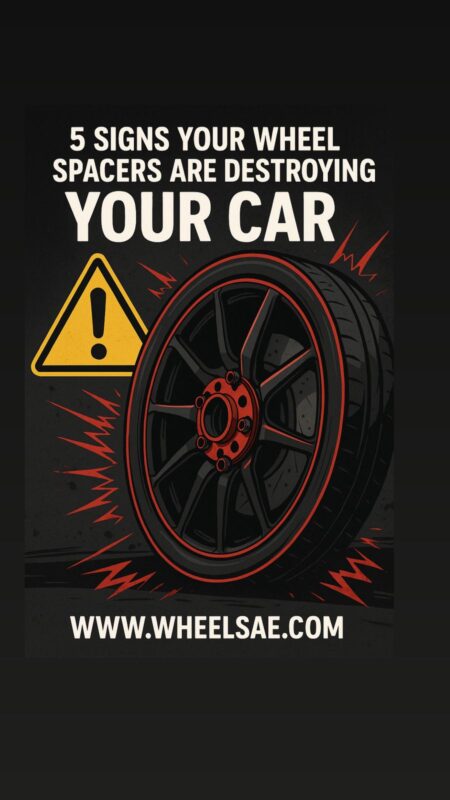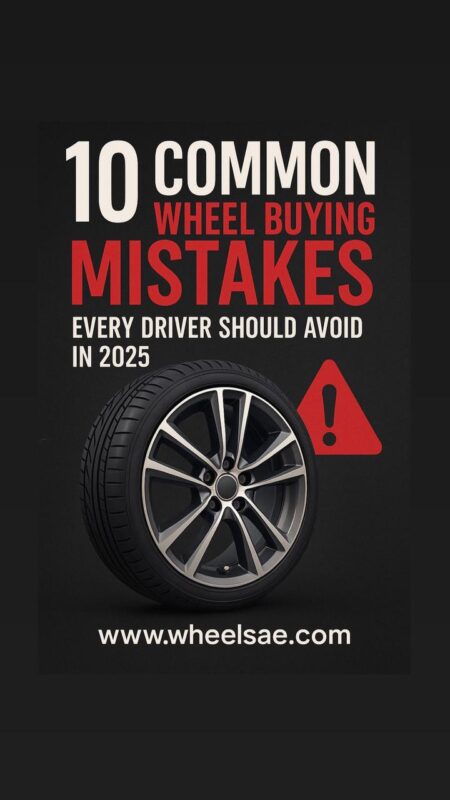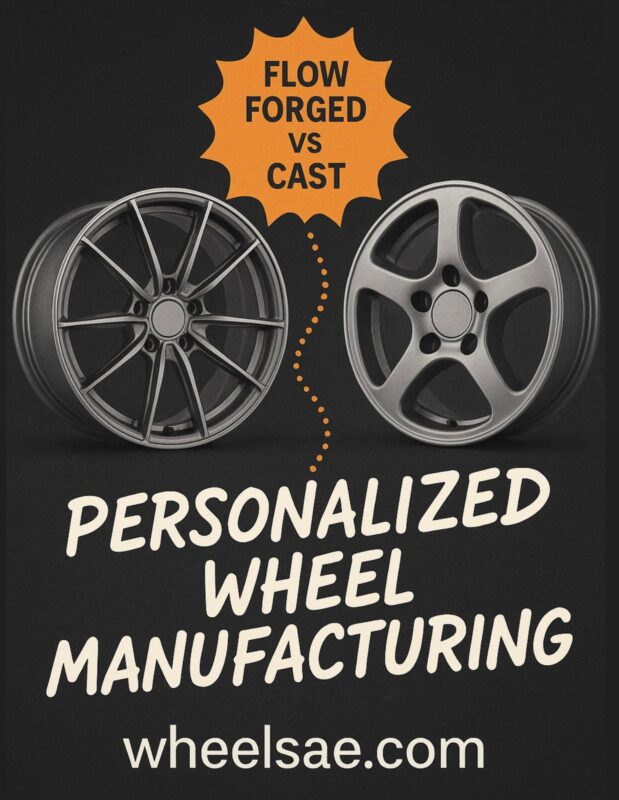1. Introduction: Why correct sizing matters
Upgrading your wheels can enhance your car’s appearance and performance, but doing it wrong can lead to inaccurate speedometer readings, poor handling, or even damage. Learning how to change wheel size safely is essential for any car enthusiast.
⸻
2. Understanding wheel and tire sizing basics
Wheel size is determined by diameter and width, while tire size includes aspect ratio and width. To change wheel size safely, you must ensure the overall tire diameter stays close to factory specs.
⸻
3. The impact on speedometer accuracy
If you increase the overall diameter too much, your speedometer may read slower than your actual speed. Reducing it will make it read faster. Both scenarios can be dangerous, so change wheel size safely by keeping the diameter within ±3% of OEM specs.
⸻
4. Maintaining proper handling
The wrong size can alter your car’s center of gravity and suspension geometry. To change wheel size safely, balance width and offset so the car’s handling remains predictable.
⸻
5. Recommended tire aspect ratio adjustments
When increasing wheel diameter, reduce tire sidewall height (aspect ratio) to keep the total diameter unchanged. Example: Switching from 17” to 18” wheels may require a lower-profile tire.
⸻
6. Choosing the right offset & backspacing
Incorrect offset can cause rubbing on fenders or suspension parts. Always check your car’s OEM offset range before upgrading to change wheel size safely.
⸻
7. Avoiding suspension and brake clearance issues
Bigger wheels may interfere with suspension components or brake calipers. Test fit or consult a wheel expert to ensure clearance.
⸻
8. Professional tips to change wheel size safely
• Use an online tire size calculator.
• Stick within ±3% of OEM diameter.
• Maintain load rating.
• Get alignment after installation.
⸻
9. Wheels AE upgrade services
At Wheels AE, we help customers change wheel size safely with professional fitment checks, high-quality wheels, and precision installation.
🔗 Browse wheel upgrade options →https://wheelsae.com/
⸻
10. FAQs about changing wheel size safely
Q: Can I go from 17” to 20” wheels directly?
A: Yes, but adjust tire profile and check clearance.
Q: Will bigger wheels always reduce comfort?
A: Slightly, but choosing the right setup minimizes this effect.
⸻
11. Understanding plus sizing and minus sizing
When you change wheel size safely, there are two common approaches:
• Plus sizing: Increasing wheel diameter while reducing tire sidewall height to maintain overall diameter.
• Minus sizing: Decreasing wheel diameter while increasing sidewall height for better comfort or winter driving.
For example, going from a 17” wheel to an 18” wheel with a lower-profile tire keeps your speedometer accurate and handling stable. Plus sizing can improve cornering performance, while minus sizing can improve ride comfort.
⸻
12. How wheel weight affects performance
Many people focus only on size, but weight is equally important if you want to change wheel size safely. Heavier wheels increase rotational mass, which can slow acceleration, reduce braking efficiency, and strain suspension components. Lightweight forged wheels are often the best choice for performance upgrades because they allow you to upsize without adding too much weight.
⸻
13. Tire load rating and speed rating
When you change wheel size safely, always match or exceed the factory load and speed ratings for your tires. These ratings are critical for safety, especially in high-speed driving conditions like Dubai highways. Installing tires with lower ratings than OEM can increase the risk of blowouts or reduced stability.
⸻
14. Effects on fuel efficiency
Upsizing your wheels incorrectly can lead to a drop in fuel economy due to increased rolling resistance and weight. If you want to change wheel size safely without sacrificing MPG, choose wheels made from lightweight alloys and ensure your tire selection offers low rolling resistance.
⸻
15. Common mistakes to avoid
1. Ignoring offset measurements.
2. Choosing a size only for looks without considering handling.
3. Not recalibrating the speedometer when necessary.
4. Skipping an alignment after installation.
5. Using cheap spacers to force fitment instead of correct wheel specs.
⸻
16. Testing before committing
Before you fully commit to a new wheel and tire setup, test fit the wheels to ensure they don’t rub against suspension components, fenders, or brake calipers. Many shops, including Wheels AE, offer fitment trials so you can change wheel size safely without surprises.
⸻
17. Why professional installation matters
A professional installer checks all measurements—offset, backspacing, bolt pattern, and center bore—to ensure your wheels are mounted correctly. They can also advise on the best tire size adjustments to change wheel size safely while keeping your ride comfortable and responsive.
⸻
Final thoughts
When done correctly, changing wheel size can elevate your car’s style and performance. But without proper planning, it can compromise safety, handling, and comfort. Follow these guidelines, and always work with professionals like Wheels AE to ensure you change wheel size safely.
📲 Ready for a safe and stylish upgrade?
Visit WheelsAE.com or DM us on Instagram @https://www.instagram.com/wheels_tire.ae/ for expert guidance.
⸻

